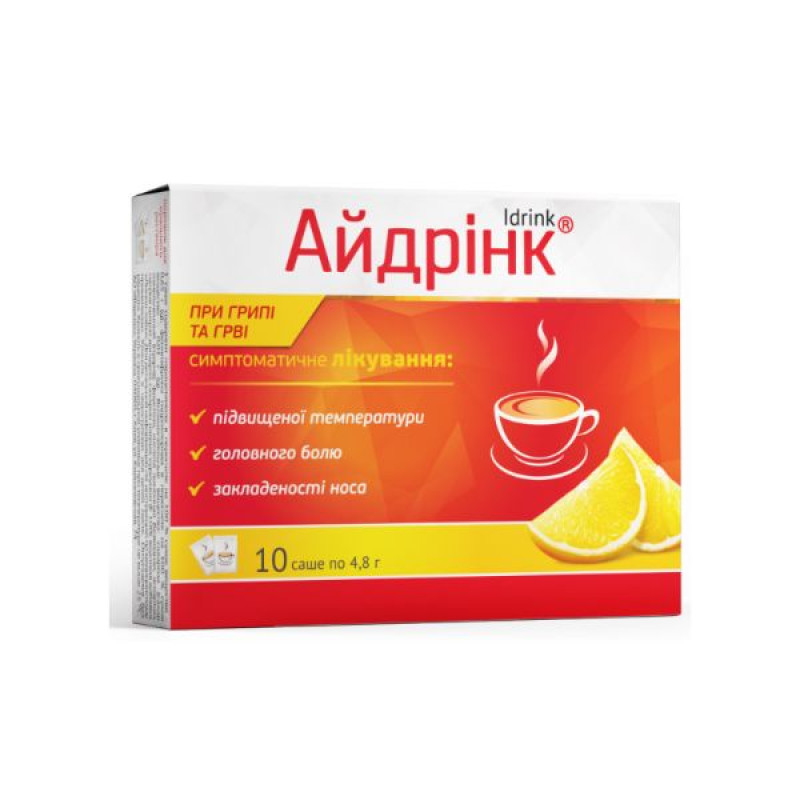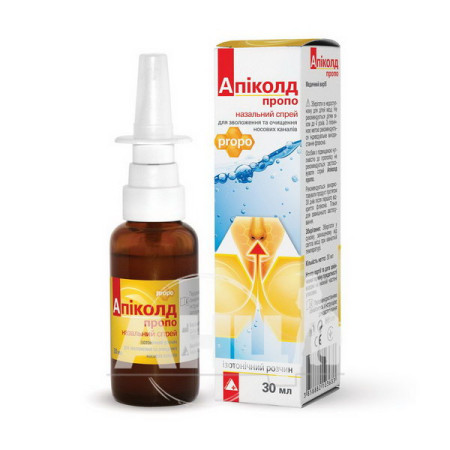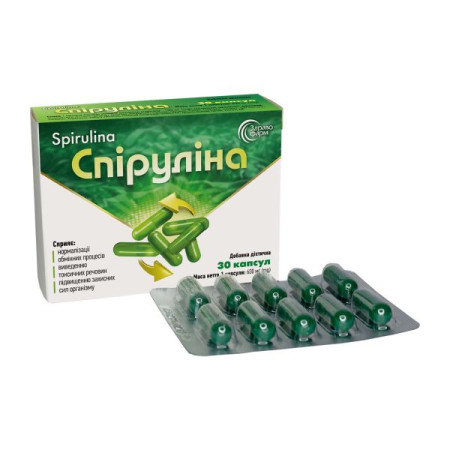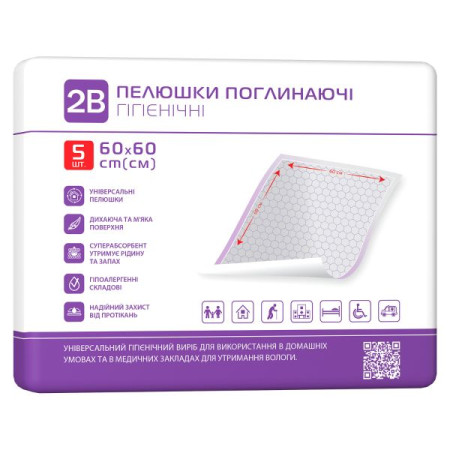Aydrink powder for oral solution sachet 4.8 g with lemon flavor No. 10

Instructions for Aydrink powder for oral solution sachet 4.8 g with lemon flavor No. 10
Composition
active ingredients:
1 sachet contains paracetamol calculated on 100% dry matter 650 mg (0.650 g), phenylephrine hydrochloride calculated on 100% dry matter 10 mg (0.010 g);
excipients:
lemon-flavored powder – sucrose (granulated sugar (powdered)), fructose, anhydrous citric acid, aspartame, sodium citrate dihydrate, sodium saccharin, curcumin (E 100), “Lemon-Lime” flavoring;
Blackcurrant flavored powder – sucrose (granulated sugar (powdered)), fructose, anhydrous citric acid, aspartame, sodium citrate dihydrate, sodium saccharin, Blackcurrant flavoring, anthocyanin (E 163).
Dosage form
Powder for oral solution.
Main physicochemical properties: lemon-flavored powder – a light yellow powdery mass without foreign mechanical inclusions; blackcurrant-flavored powder – a light gray-violet powdery mass with dark inclusions without foreign mechanical inclusions.
Pharmacotherapeutic group
Analgesics and antipyretics. Paracetamol, combinations without psycholeptics. ATX code N02B E51.
Pharmacological properties
Pharmacodynamics.
The mechanism of action of paracetamol is explained by the inhibition of prostaglandin synthesis in the central nervous system; paracetamol also acts on the thermoregulation center in the hypothalamus. Phenylephrine is a sympathomimetic. Its action is associated, first of all, with direct stimulation of adrenoreceptors and partly with an indirect effect, which is provided by the release of noradrenaline. Phenylephrine reduces swelling of the nasal mucosa, facilitates breathing. Causes narrowing of arterioles, increases total peripheral vascular resistance and blood pressure.
Pharmacokinetics.
When taken orally, paracetamol is rapidly absorbed from the gastrointestinal tract. The maximum concentration in the blood plasma is reached after 30-60 minutes. When used in therapeutic doses, the half-life is 1-4 hours. Paracetamol is metabolized in the liver, mainly by the conjugation reaction. Depending on the concentration in the blood plasma, it is partially deacetylated or hydroxylated. The main route of excretion is with urine (90-100% within 24 hours): in the form of glucuronide conjugates (60%), sulfates (35%) or cysteine (3%). Phenylephrine hydrochloride is absorbed in the gastrointestinal tract at an inconsistent rate, metabolized by monoamine oxidase in the intestine and liver. After oral administration, the peak concentration in the blood plasma occurs after 1-2 hours. The average half-life is 2-3 hours. Excreted in urine in the form of sulfate conjugate.
Indication
Symptomatic treatment of acute respiratory infections and influenza, accompanied by headache, muscle and joint pain, sore throat, fever, nasal congestion.
Contraindication
Hypersensitivity to any of the components of the drug.
Severe liver and kidney dysfunction; congenital hyperbilirubinemia; glucose-6-phosphate dehydrogenase deficiency, rare hereditary forms of fructose intolerance, glucose-galactose malabsorption or sucrose-isomaltose insufficiency.
Alcoholism, blood diseases, severe anemia, leukopenia, thrombosis, thrombophlebitis.
States of increased arousal, sleep disturbances.
Severe arterial hypertension, organic diseases of the cardiovascular system (including atherosclerosis); decompensated heart failure; cardiac conduction disorders; tendency to vasospasm; ischemic heart disease.
Angle-closure glaucoma. Acute pancreatitis. Prostatic hypertrophy.
Severe forms of diabetes mellitus. Epilepsy. Hyperthyroidism.
The drug is contraindicated in patients who are taking tricyclic antidepressants or beta-blockers or have taken monoamine oxidase inhibitors within the last two weeks.
Do not use in patients with phenylketonuria. It is not recommended for patients with increased blood clotting and a tendency to thrombus formation. Do not use together with drugs that suppress or increase appetite and amphetamine-like psychostimulants.
Pregnancy and breastfeeding. Children under 16 years of age.
Interaction with other medicinal products and other types of interactions
Concomitant use with monoamine oxidase inhibitors (MAOIs), tricyclic antidepressants, methyldopa is contraindicated due to the possible occurrence of severe arterial hypertension, tachycardia, hyperthermia, dysfunction of vital organs, which can lead to death. The drug enhances the effects of sedatives and antiepileptic drugs, ethanol and ethanol-containing drugs. When used simultaneously with antihypertensive drugs, the effectiveness of the latter may decrease.
With simultaneous use of paracetamol with azidothymidine, neutropenia may develop. With simultaneous use, paracetamol enhances the hepatotoxicity of chloramphenicol. Paracetamol potentiates the effect of indirect anticoagulants. The rate of absorption of paracetamol may be increased by metoclopramide and domperidone and decreased by cholestyramine.
The interaction of phenylephrine with monoamine oxidase inhibitors causes a hypertensive effect, with tricyclic antidepressants (e.g. amitriptyline) - increases the risk of cardiovascular side effects, with digoxin and cardiac glycosides - leads to heart palpitations or myocardial infarction. Phenylephrine with other sympathomimetics increases the risk of adverse reactions from the cardiovascular system. Phenylephrine may reduce the effectiveness of beta-blockers and other antihypertensive drugs (reserpine, methyldopa) with an increased risk of hypertension and other adverse reactions from the cardiovascular system.
It is not recommended to prescribe the drug to patients who are taking monoamine oxidase inhibitors or have completed therapy with them less than 2 weeks ago.
Application features
The drug should be used with caution in patients prone to high blood pressure, as well as those with liver and kidney diseases.
It should be avoided to use simultaneously with other drugs intended for the symptomatic treatment of colds and flu, vasoconstrictor drugs for the treatment of rhinitis, as well as drugs containing paracetamol. Before using the drug, patients with pheochromocytoma, difficulty urinating, Raynaud's disease (which may manifest as pain in the fingers and toes in response to cold or stress) should consult a doctor.
The drug contains sucrose, therefore the drug should not be used in patients with rare hereditary forms of fructose intolerance, glucose-galactose malabsorption or sucrose-isomaltose insufficiency.
The drug contains aspartame, which is a derivative of phenylalanine, which is dangerous for patients with phenylketonuria.
If the patient's condition does not improve, a doctor should be consulted.
If the symptoms of the disease do not disappear after 5 days of taking the drug, treatment should be discontinued.
Do not exceed the specified dose.
If the dose has been accidentally exceeded, you should consult a doctor immediately.
Due to the high content of paracetamol, do not use for liver and kidney diseases without consulting a doctor.
Phenylephrine, which is part of the drug, can cause angina attacks.
If, on the recommendation of a doctor, the drug is used for a long period, it is necessary to monitor the functional state of the liver and the picture of peripheral blood. With prolonged use in high doses, aplastic anemia, pancytopenia, agranulocytosis, neutropenia, leukopenia, thrombocytopenia are possible.
Use during pregnancy or breastfeeding
The drug is contraindicated during pregnancy or breastfeeding.
Ability to influence reaction speed when driving vehicles or other mechanisms
When using the drug, it is not recommended to drive vehicles or operate other mechanisms, as the drug may cause drowsiness.
Method of administration and doses
Pour the contents of 1 sachet into a cup and pour hot water. Stir until completely dissolved, sweeten if necessary. Take warm.
Adults and children over 16 years of age: 1 sachet. If necessary, the dose can be repeated every 4–6 hours. Do not take more than 4 sachets per day.
The course of treatment should last no more than 3–5 days.
Children.
The drug is contraindicated in children under 16 years of age.
Overdose
Paracetamol overdose can cause liver failure. Liver damage is possible in adults after oral administration of 10 g or more of paracetamol and in children who have taken paracetamol in doses exceeding 150 mg/kg of body weight.
Symptoms of paracetamol overdose in the first 24 hours: increased sweating, psychomotor agitation or depression of the central nervous system, headache, pallor, dizziness, insomnia, cardiac arrhythmias, tachycardia, reflex bradycardia, extrasystole, tremor, hyperreflexia, nausea, vomiting, irritability, restlessness, anorexia and abdominal pain. In severe cases, impaired consciousness, hallucinations, convulsions and arrhythmia are possible. Symptoms of liver damage may appear 12-48 hours after overdose. Glucose metabolism disorders and metabolic acidosis may occur. In acute overdose, liver damage can cause toxic encephalopathy with impaired consciousness, coma and death. When taking high doses, there may be disorders of the urinary system - nephrotoxicity (renal colic, interstitial nephritis, papillary necrosis). Acute renal failure with tubulonecrosis can occur even without liver damage. There have been reports of pancreatitis and arrhythmia.
It is believed that the additional amount of toxic metabolites in overdose irreversibly binds to liver tissues.
In case of paracetamol overdose, emergency medical care should be provided, even if no symptoms of overdose are observed. To ensure proper qualified care and adequate therapy, all patients with overdose (7.5 g or more of paracetamol) should be hospitalized. Immediate gastric lavage, administration of activated charcoal and continuation of symptomatic therapy are necessary. The use of paracetamol antidotes - N-acetylcysteine intravenously or methionine orally - may have a positive effect within 48 hours after overdose.
Overdose due to the action of phenylephrine may cause increased sweating, psychomotor agitation or depression of the central nervous system, headache, pallor, dizziness, insomnia, cardiac arrhythmias, tachycardia, reflex bradycardia, extrasystole, tremor, hyperreflexia, nausea, vomiting, irritability, anxiety, increased blood pressure. In severe cases, impaired consciousness, hallucinations, convulsions and arrhythmia are possible.
In case of overdose, gastric lavage, administration of activated charcoal, symptomatic therapy, and the use of alpha-blockers such as phentolamine in severe hypertension are necessary.
Adverse reactions
Skin and subcutaneous tissue disorders: rash, itching, urticaria, purpura, allergic dermatitis, erythroderma, erythema multiforme, Stevens-Johnson syndrome, toxic epidermal necrolysis, hemorrhages.
Immune system disorders: allergic reactions (including angioedema), anaphylaxis, anaphylactic shock.
On the part of the psyche: psychomotor agitation, disorientation, anxiety, nervous excitement, feeling of fear, irritability, sleep disturbances, insomnia, confusion, depression, hallucinations, anxiety, sedation.
From the nervous system: headache, dizziness, tremor, paresthesia.
From the side of the organs of hearing and vestibular apparatus: tinnitus, vertigo.
On the part of the organs of vision: impaired vision and accommodation, mydriasis, increased intraocular pressure.
Gastrointestinal: nausea, vomiting, dry mouth, oral mucosal ulcers, hypersalivation, abdominal discomfort and pain, decreased appetite, heartburn, diarrhea, hemorrhages.
From the hepatobiliary system: impaired liver function, increased activity of liver enzymes, hepatonecrosis, liver failure, jaundice.
From the blood and lymphatic system: anemia, sulfhemoglobinemia and methemoglobinemia, hemolytic anemia, thrombocytopenia, leukopenia, neutropenia, pancytopenia, agranulocytosis.
On the part of the kidneys and urinary system: urination disorders, urinary retention (more likely in patients with prostatic hypertrophy), oliguria, renal colic, nephrotoxic effect.
From the cardiovascular system: increased blood pressure, tachycardia or reflex bradycardia, palpitations, shortness of breath, heart pain, arrhythmia, edema.
Respiratory, thoracic and mediastinal disorders: bronchospasm in patients sensitive to aspirin and other nonsteroidal anti-inflammatory drugs.
Others: general weakness, fever, increased sweating, hypoglycemia, hyperglycemia, glycosuria.
Expiration date
2 years.
Do not use the drug after the expiration date indicated on the package.
Storage conditions
Store in the original packaging at a temperature not exceeding 25 °C.
Keep out of reach of children.
Packaging
Lemon-flavored powder: 4.8 g per sachet; 10 sachets per pack.
Blackcurrant-flavored powder: 5.2 g per sachet; 10 sachets per pack.
Vacation category
Without a prescription.
Producer
PJSC "Farmak".
Location of the manufacturer and its business address
Ukraine, 04080, Kyiv, Frunze St., 74.
There are no reviews for this product.
There are no reviews for this product, be the first to leave your review.
No questions about this product, be the first and ask your question.



